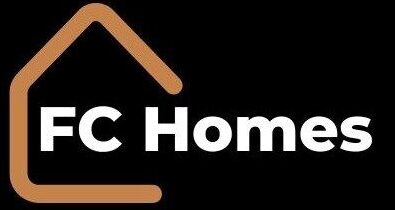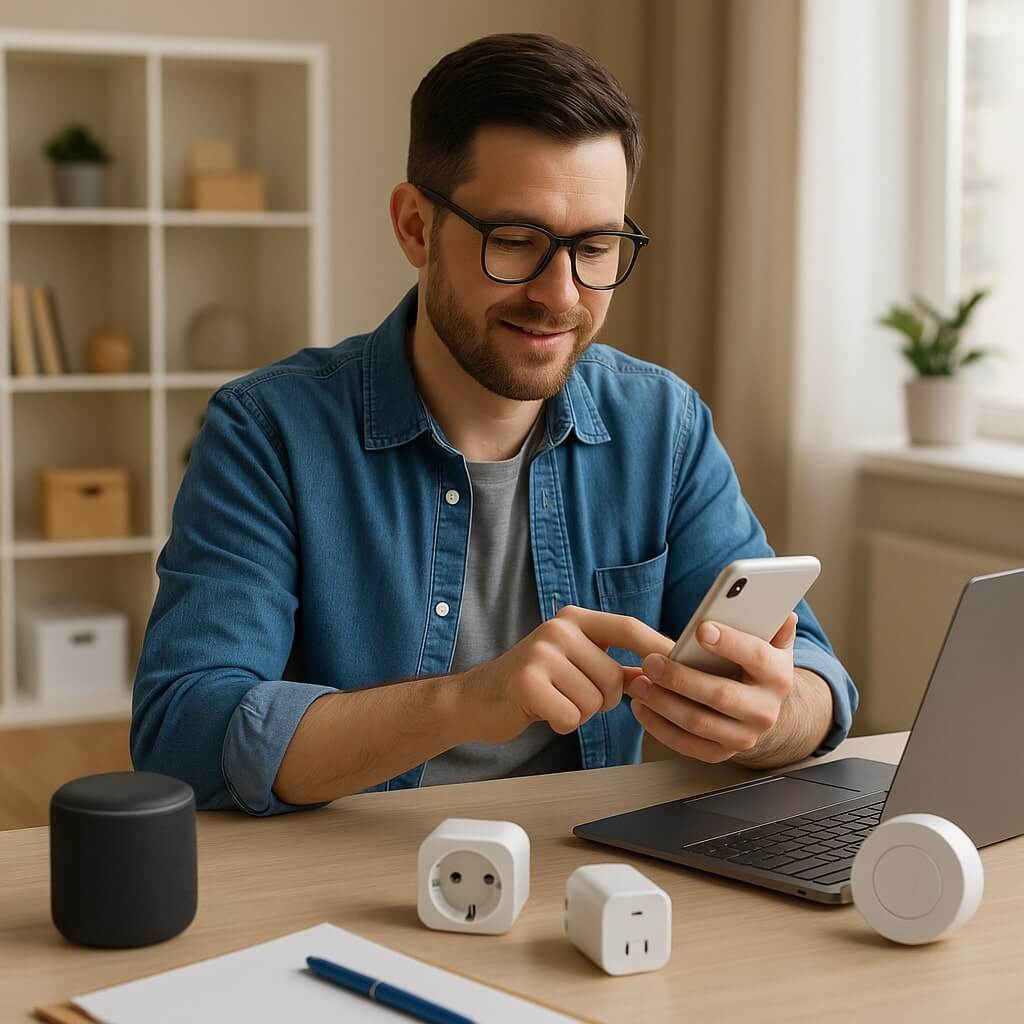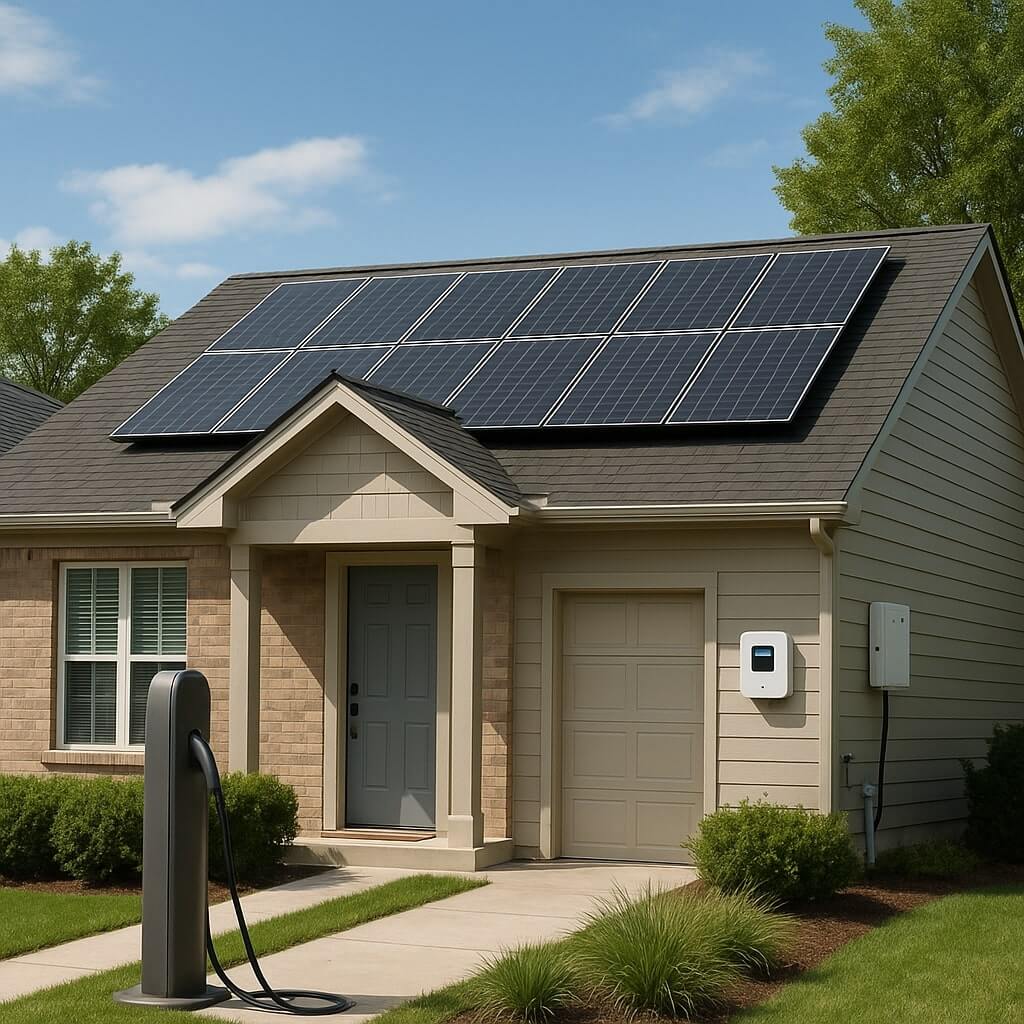Smart home automation is no longer just a luxury—it’s rapidly becoming a standard in modern living. Whether you’re a homeowner looking to upgrade your lifestyle, a professional seeking to expand your tech skills, or a business wanting to offer home automation services, this comprehensive course is designed to guide you from fundamentals to advanced applications.
In this article, we’ll explore what smart home automation is, what you’ll learn in a complete course, the essential tools and technologies involved, and how to get started or upgrade your skills.
What Is Smart Home Automation?
Smart home automation involves using IoT (Internet of Things) devices to control and monitor your home’s systems—lighting, climate, security, entertainment, and more—through connected devices and apps. These systems work together to create an efficient, secure, and convenient living environment.
Why Learn Smart Home Automation?
1. Growing Demand
The smart home industry is projected to reach billions in global revenue in the next few years. Professionals with automation skills are in high demand.
2. Convenience and Efficiency
Mastering automation lets you simplify daily tasks—automate lighting schedules, control HVAC systems remotely, and monitor security effortlessly.
3. Cost and Energy Savings
Properly configured smart homes can save on utility bills by automating energy— use, like dimming lights or turning off devices when not in use.
4. Security Enhancement
Learning to install and configure smart cameras, motion sensors, and alarms gives you full control of your home’s safety.
Course Overview: From Beginner to Pro
Module 1 – Introduction to Smart Home Automation
- What is home automation?
- History and evolution of smart homes
- Core components: sensors, controllers, actuators
Module 2 – Smart Devices and Platforms
- Overview of smart devices: lights, plugs, thermostats, locks, cameras
- Platforms: Amazon Alexa, Google Home, Apple HomeKit, Home Assistant
- Device compatibility and communication protocols (Zigbee, Z-Wave, Wi-Fi, Bluetooth)
Module 3 – Network and Hub Configuration
- Home network basics for automation
- Router and mesh system setup
- Choosing and configuring automation hubs
Module 4 – Installing and Configuring Devices
- DIY vs professional installation
- Device pairing and app configuration
- Common troubleshooting techniques
Module 5 – Automation and Scripting
- Creating routines, schedules, and triggers
- Advanced automation using IFTTT, Node-RED, or YAML
- Scene creation and multi-device coordination
Module 6 – Home Assistant Deep Dive
- What is Home Assistant?
- Installing on Raspberry Pi or NAS
- Integrating devices and dashboards
Module 7 – Security and Privacy
- Data protection in IoT environments
- Secure remote access and encryption
- Best practices to avoid device hijacking
Module 8 – Business and Career Opportunities
- Offering smart home installation services
- Building a smart home consultation business
- Certifications and ongoing learning paths
Tools and Technologies Covered
- Smart Hubs: SmartThings, Hubitat, Home Assistant
- Protocols: Zigbee, Z-Wave, MQTT
- Devices: Smart bulbs, thermostats, security systems, voice assistants
- Software: Home Assistant, Node-RED, Google Home App, Alexa Skills
- Development tools for automation scripts and custom dashboards
Who Is This Course For?
- Homeowners and Renters – Anyone wanting a safer, more efficient home.
- Electricians and Technicians – Professionals aiming to add automation services.
- IT and Networking Enthusiasts – Individuals exploring IoT and embedded systems.
- Entrepreneurs – Those launching a home automation consulting or installation business.
Benefits of Completing This Course
- Hands-on projects with real devices
- Certification of completion
- Access to templates, tools, and automation examples
- Community support and troubleshooting guidance
FAQ
A stable internet connection, a basic smart device (like a smart bulb or plug), and access to a PC or smartphone are enough to begin.
No prior coding experience is needed for beginners. Advanced sections cover scripting (e.g., YAML, Node-RED) but are optional.
Depending on your pace, it can take 2–8 weeks to complete. Flexible access means you can learn at your own speed.
Yes. Many devices are plug-and-play or wireless, making them ideal for non-permanent installations.
Yes. Most professional-grade courses provide certification, especially if taken through a verified learning platform.
Conclusion
Smart home automation is reshaping the way we live, offering unmatched convenience, safety, and efficiency. Whether you’re just starting or ready to deepen your technical know-how, Master Smart Home Automation: The Complete Course for Beginners and Professionals provides all the tools, insights, and practical knowledge you need to thrive in this evolving field.
Start your journey today, and turn your living space—or your career—into a hub of innovation.




